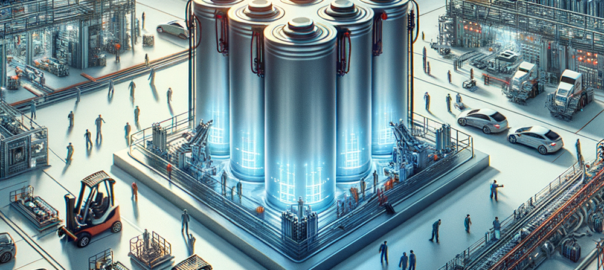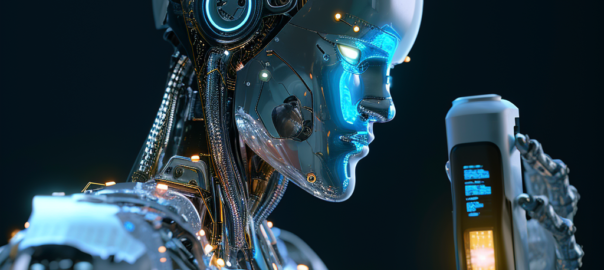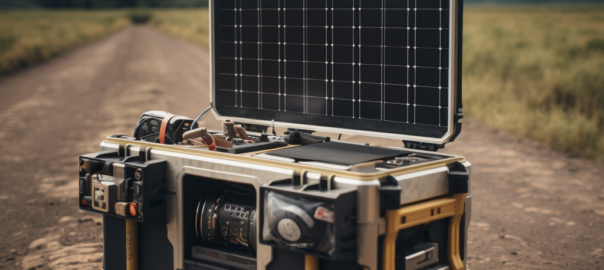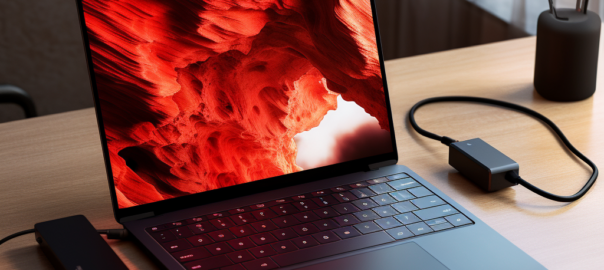The lithium-ion battery market has witnessed substantial growth in the past decade due to the surge in demand for electronic devices and electric vehicles. These batteries provide high energy density, long life, and light weight, making them ideal for portable devices and electric vehicles. However, as the number of spent lithium-ion batteries increases, there is a pressing need to recycle them to recover valuable materials and mitigate environmental damage.
The lithium-ion battery recycling market represents a lucrative and rapidly expanding field due to the growing consumption and end-of-life disposal of lithium-ion batteries. Key materials recovered from spent lithium-ion batteries include lithium, cobalt, nickel, manganese, and copper. These materials have significant economic value and their recovery can significantly reduce the environmental impact of mining these materials.
Table 1. Key Materials Recovered from Spent Lithium-ion Batteries
| Material | Application |
|---|---|
| Lithium | Batteries, Glass, Ceramics |
| Cobalt | Batteries, Super Alloys, Hard Metals |
| Nickel | Stainless Steel, Alloys, Batteries |
| Manganese | Steel, Batteries, Chemicals |
| Copper | Electrical Equipment, Construction, Transportation |
The process of lithium-ion battery recycling involves collection, sorting, disassembling, and processing the spent batteries to extract these valuable materials. Various technologies have been developed and utilized for lithium-ion battery recycling, each with its own advantages and disadvantages.

Contents
Current Lithium-ion Battery Recycling Technologies
Recycling technologies for lithium-ion batteries mainly fall into three categories: pyrometallurgical processing, hydrometallurgical processing, and direct physical recycling.
1 Pyrometallurgical Processing
Pyrometallurgical processing involves the use of high temperatures to melt down the spent batteries and extract valuable metals. This process is commonly used in the recycling of other types of batteries due to its high efficiency. However, this process results in the loss of lithium as it is converted to lithium slag which is not economically recoverable.
Table 2. Pros and Cons of Pyrometallurgical Processing
| Advantages | Disadvantages |
|---|---|
| High efficiency | Lithium is not recoverable |
| Well-established technology | High energy consumption |
| Can handle mixed battery waste | Generates hazardous waste |
2 Hydrometallurgical Processing
Hydrometallurgical processing involves the use of chemicals to dissolve the spent batteries and extract valuable metals. This process is capable of recovering lithium, but it requires the use of hazardous chemicals and the process efficiency is generally lower than pyrometallurgical processing.
Table 3. Pros and Cons of Hydrometallurgical Processing
| Advantages | Disadvantages |
|---|---|
| Can recover lithium | Lower efficiency |
| Can handle mixed battery waste | Uses hazardous chemicals |
| Produces high-purity metals | Longer processing time |
3 Direct Physical Recycling
Direct physical recycling involves the direct recovery of materials from spent batteries without using chemical treatments. Instead, mechanical processes are used to separate and recover valuable materials. This process is less harmful to the environment as it doesn’t involve the use of chemicals. However, it’s technically challenging to achieve high purity and recovery rates.
Table 4. Pros and Cons of Direct Physical Recycling
| Advantages | Disadvantages |
|---|---|
| Environmentally friendly | Lower efficiency |
| No use of hazardous chemicals | Lower purity of recovered materials |
| Less energy consumption | Technically challenging |
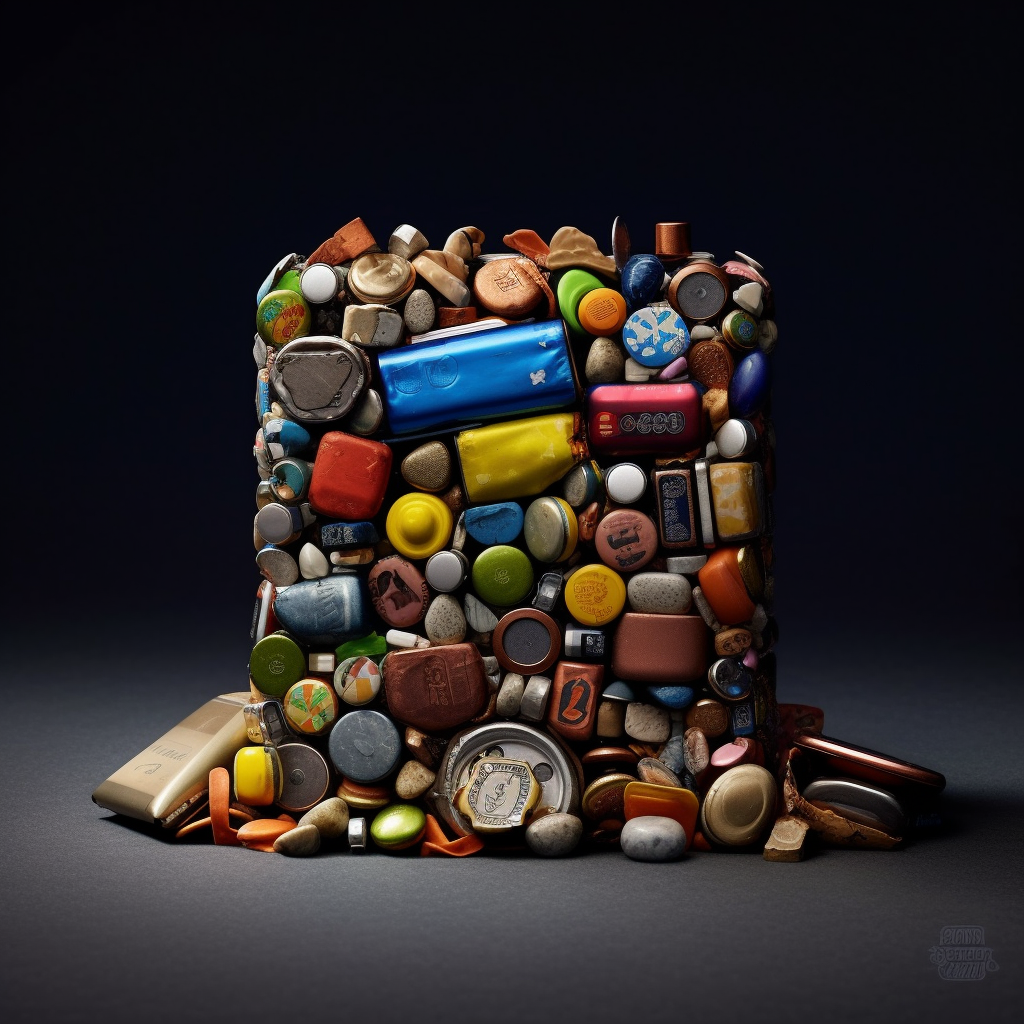
Market Trends in Lithium-ion Battery Recycling
There are several market trends that are driving the growth and development of the lithium-ion battery recycling industry.
1 Growing Demand for Lithium-ion Batteries
The demand for lithium-ion batteries is increasing due to the rise of electric vehicles and renewable energy storage, which in turn is driving the growth of the lithium-ion battery recycling market. This trend is expected to continue with the further electrification of transport and the expansion of renewable energy.
2 Environmental Regulations and Policies
Stringent environmental regulations and policies are another factor promoting the development of the lithium-ion battery recycling industry. Governments around the world are implementing policies to promote battery recycling to mitigate the environmental impact of spent batteries and reduce the reliance on mining for battery materials.
3 Technological Developments and Investments
Advancements in recycling technologies and increased investments in recycling facilities are also driving the growth of the lithium-ion battery recycling market. New technologies are being developed to improve the efficiency and recovery rates of battery recycling. Meanwhile, investments in recycling infrastructure are increasing to meet the growing demand for battery recycling.
Table 5. Market Trends Driving the Growth of the Lithium-ion Battery Recycling Industry
| Trend | Impact on the Market |
|---|---|
| Increasing demand for lithium-ion batteries | Drives the demand for battery recycling |
| Stringent environmental regulations | Promotes the development of the recycling industry |
| Technological advancements and investments | Enhances the efficiency and capacity of battery recycling |
Challenges and Opportunities in the Lithium-ion Battery Recycling Market
Despite the favorable market trends, there are several challenges in the lithium-ion battery recycling market. However, these challenges also present opportunities for innovation and improvement.
One of the main challenges in the lithium-ion battery recycling market is the technical difficulty in recovering high-purity materials from spent batteries. Current recycling technologies have limitations in their recovery rates and purity levels, especially for lithium. This presents an opportunity for the development of new recycling technologies that can improve recovery rates and purity levels.
Another challenge is the high cost of recycling processes, especially compared to the cost of mining new materials. This cost barrier can be mitigated by improving the efficiency of recycling processes, developing cost-effective technologies, and implementing policies that incentivize recycling.
Furthermore, the collection and sorting of spent batteries is a complex and costly process due to the variety of battery types and the scattered nature of battery waste. This challenge can be addressed by developing effective collection and sorting systems, promoting consumer participation in battery recycling, and standardizing battery designs.
Table 6. Challenges and Opportunities in the Lithium-ion Battery Recycling Market
| Challenge | Opportunity |
|---|---|
| Technical difficulty in recovering high-purity materials | Development of new recycling technologies |
| High cost of recycling processes | Improvement of process efficiency and policy incentives |
| Complexity and cost of battery collection and sorting | Development of effective collection systems and standardization of battery designs |
Future Perspectives on Lithium-ion Battery Recycling
The future of the lithium-ion battery recycling market looks promising with the continuous growth in the use of lithium-ion batteries and the development of advanced recycling technologies. We can expect to see higher recovery rates, lower environmental impacts, and more cost-effective recycling processes in the future.
New technologies such as artificial intelligence and automation will play a significant role in improving the efficiency and effectiveness of battery recycling. They could potentially automate and optimize the sorting and processing of spent batteries, thereby reducing costs and improving recovery rates.
In terms of policy, more countries are likely to implement stricter regulations on battery disposal and incentivize battery recycling. These policies could drive the growth of the battery recycling market and promote the circular economy of battery materials.
Table 7. Future Perspectives on the Lithium-ion Battery Recycling Market
| Future Perspectives | Potential Impact |
|---|---|
| Advanced recycling technologies | Higher recovery rates, lower environmental impacts |
| Automation and artificial intelligence | Improved efficiency, reduced costs |
| Stricter regulations and incentives | Growth of the recycling market, promotion of the circular economy |
The lithium-ion battery recycling market is a dynamic and rapidly evolving field that holds great potential for economic and environmental benefits. As the demand for lithium-ion batteries continues to grow, so does the need for effective and efficient recycling technologies and systems. While there are challenges in the path, they present opportunities for innovation and improvement. Looking forward, advancements in technology and supportive policies are expected to drive the growth and development of the lithium-ion battery recycling market.
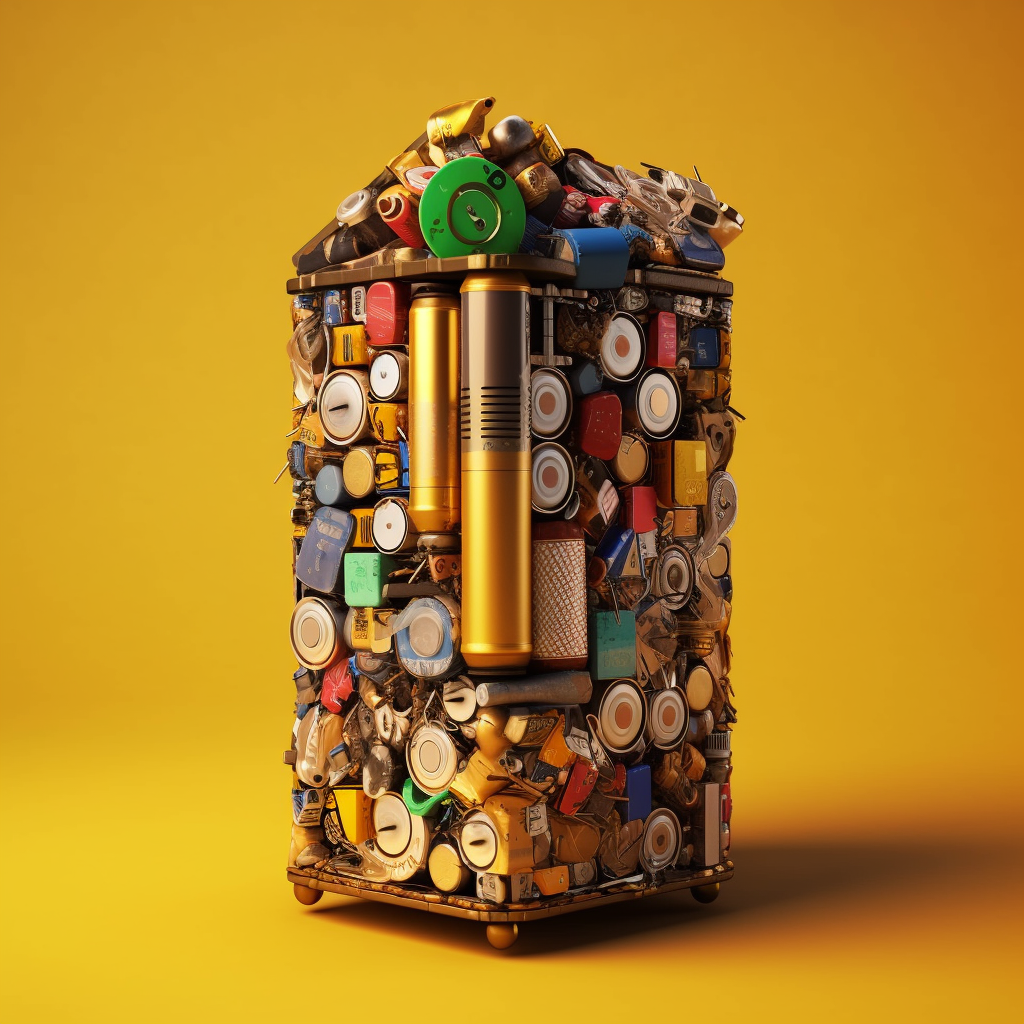
FAQs
Q1: What are lithium-ion batteries? A1: Lithium-ion batteries are rechargeable batteries commonly used in consumer electronics and electric vehicles due to their high energy density, long life, and light weight.
Q2: Why do we need to recycle lithium-ion batteries? A2: Recycling lithium-ion batteries is important to recover valuable materials like lithium, cobalt, nickel, manganese, and copper. It can reduce the environmental impact of mining these materials and help manage the growing amount of spent battery waste.
Q3: What are the current methods used for lithium-ion battery recycling? A3: The current methods for recycling lithium-ion batteries include pyrometallurgical processing, hydrometallurgical processing, and direct physical recycling.
Q4: What are the challenges faced by the lithium-ion battery recycling industry? A4: Some of the challenges include the technical difficulty in recovering high-purity materials, the high cost of recycling processes, and the complexity and cost of battery collection and sorting.
Q5: What are the trends driving the lithium-ion battery recycling market? A5: The increasing demand for lithium-ion batteries, stringent environmental regulations, and advancements in recycling technologies are some of the trends driving the lithium-ion battery recycling market.
Q6: What does the future hold for the lithium-ion battery recycling market? A6: The future of the lithium-ion battery recycling market looks promising, with expected advancements in recycling technologies, the use of AI and automation, and the implementation of stricter regulations and incentives for battery recycling.

